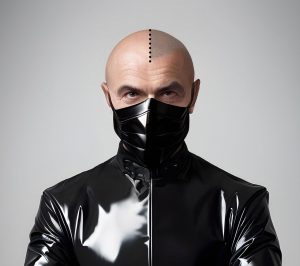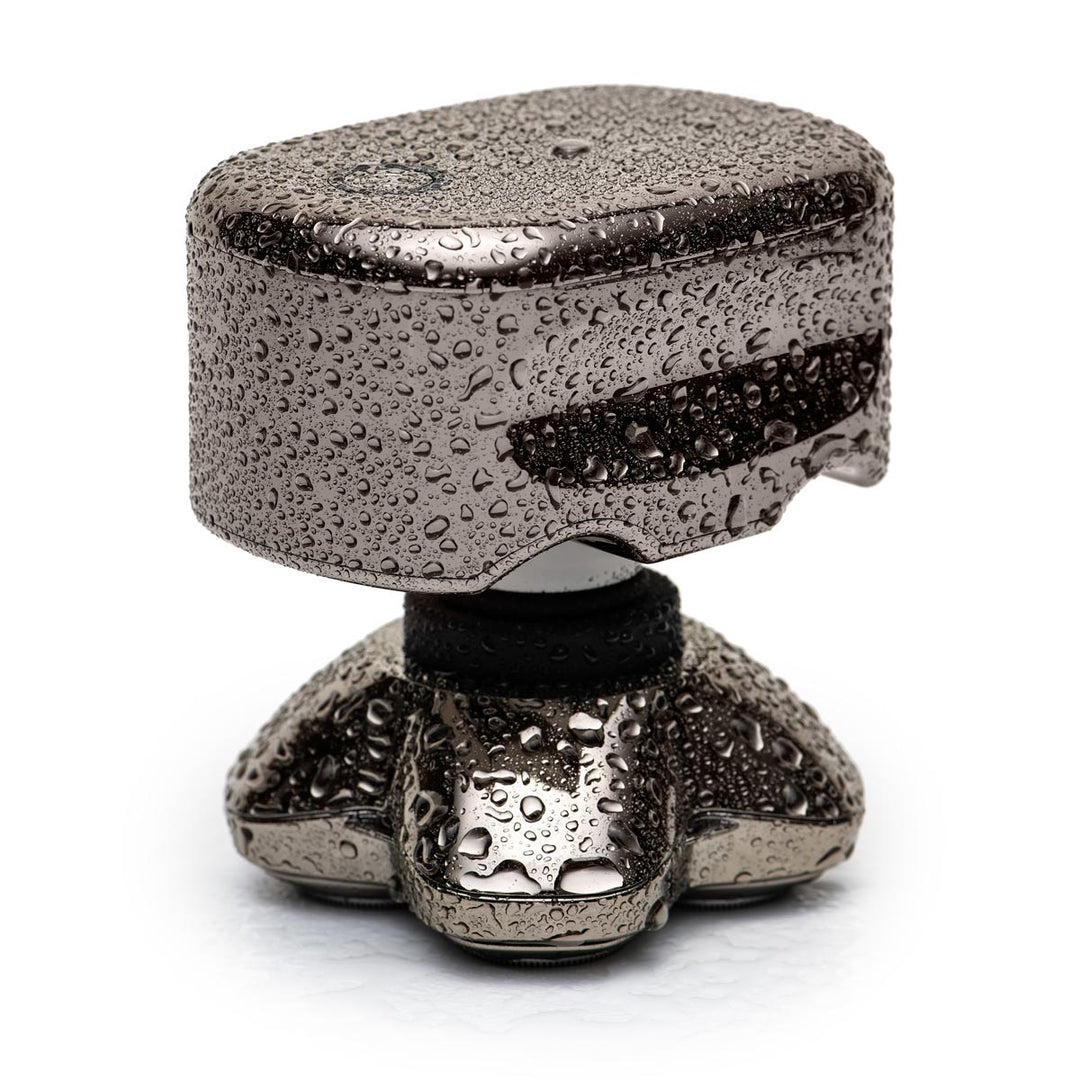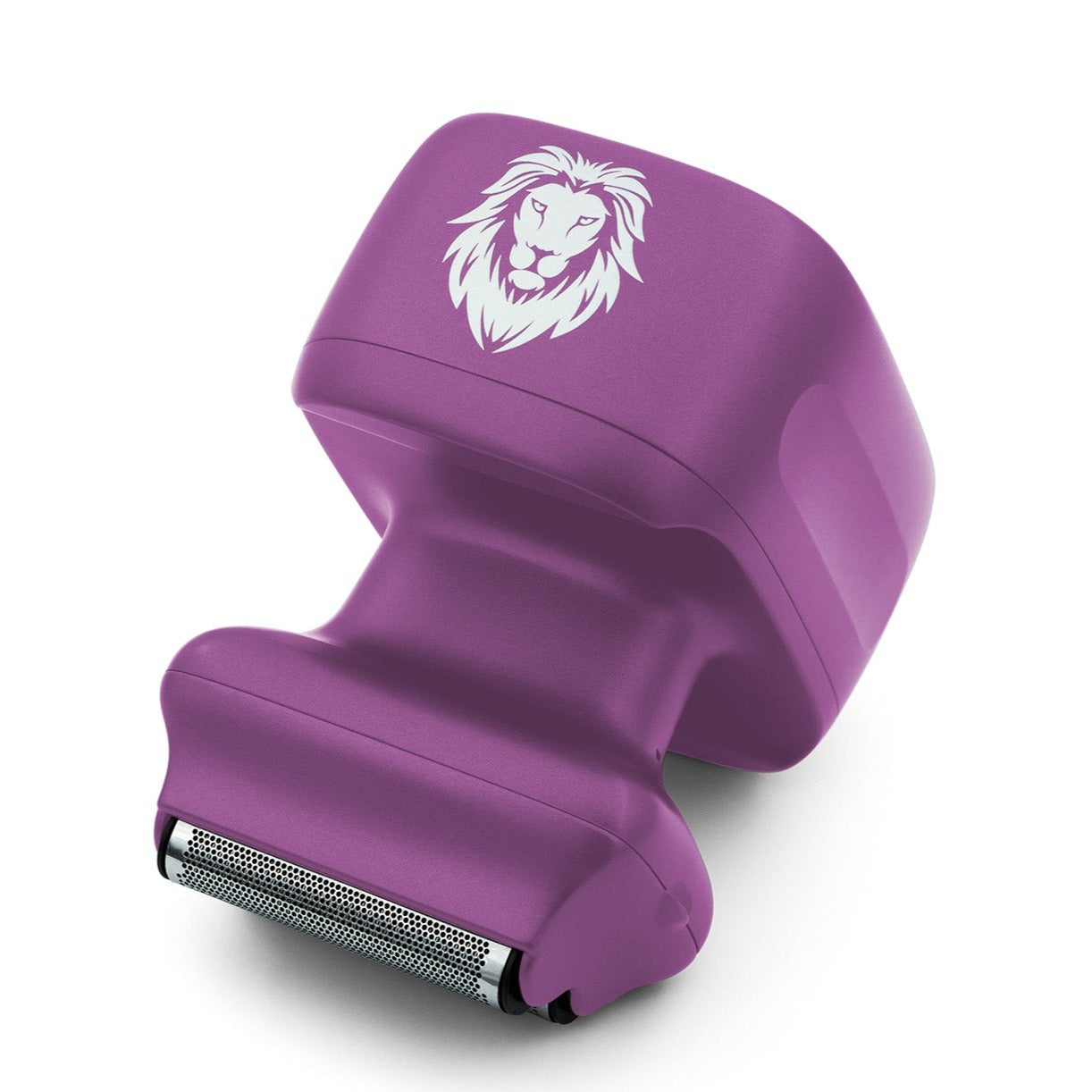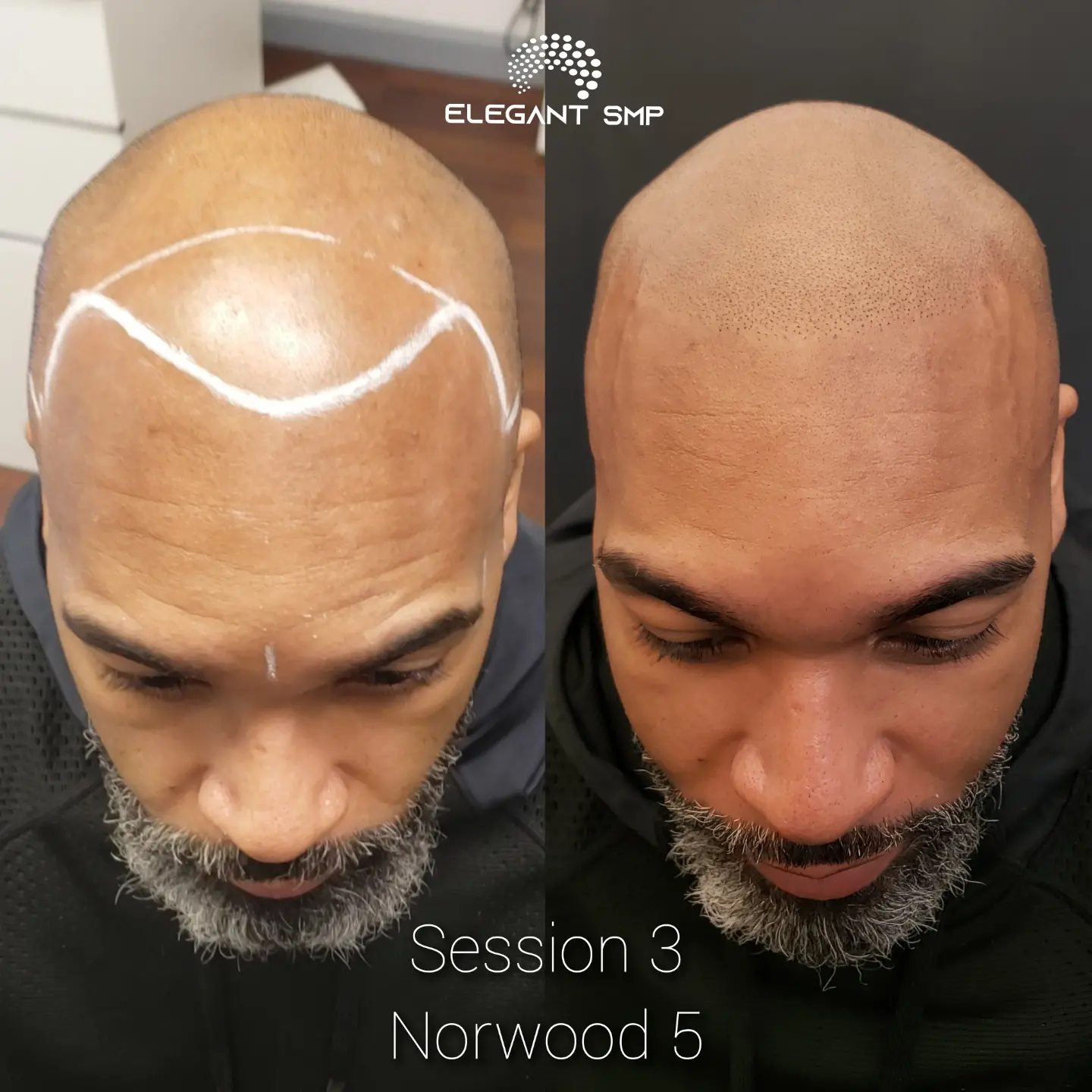Table of Contents
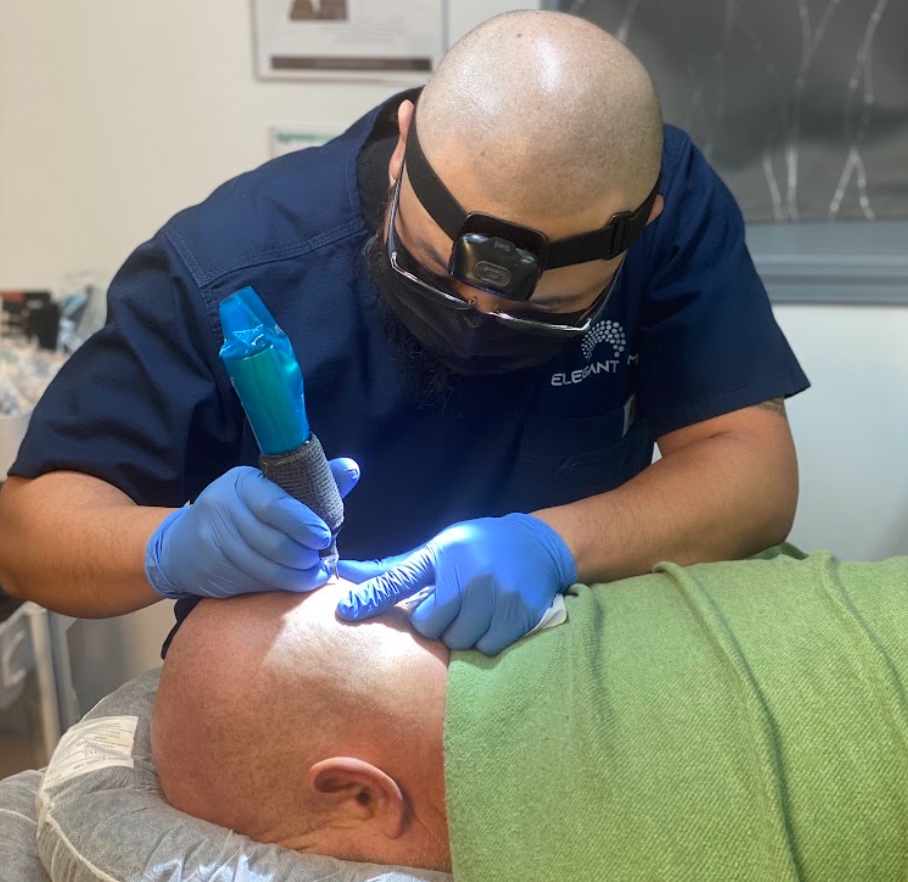
Going Too Dark with Pigment or Ink Shade
One of the most frequent mistakes in SMP is selecting a pigment shade that is too dark for the client's complexion. This can result in a stark contrast between the SMP treatment and the remaining hair or facial hair, making the SMP look overly artificial.
Why This Happens:
- Fair Skin Tone: Individuals with lighter skin tones are particularly prone to this issue as the dark ink creates an exaggerated contrast.
- Initial Misjudgment: Artists sometimes underestimate how the pigment will settle into the skin after healing.
Solution: At Elegant SMP, we advocate starting conservatively with a lighter shade and making adjustments in future sessions based on how the skin heals.
Table: Risks of Going Too Dark with Pigment
| Aspect | Risk | Solution |
|---|---|---|
| Skin Tone | High contrast | Start with a conservative lighter shade. |
| Healing Process | Misjudgment in color | Adjust gradually in multiple sessions. |
| Overall Appearance | Artificial look | Match as closely to natural hair color first. |
Impressions Are Too Big
Creating impressions that are too large can quickly ruin an SMP treatment. Larger impressions may expedite the process for the practitioner, but they pose a significant risk of resulting in an unnatural appearance, especially when juxtaposed against smaller native hair follicles.
Issues with Large Impressions:
- Uneven Appearance: Oversized impressions can appear as larger dots amidst smaller, natural hair follicles.
- Speed Over Quality: Speeding through the process to reduce procedure time.
Solution: Practitioners should aim to match the size of the impressions closely to natural hair follicles, maintaining a uniform look.
List: Dangers of Large Impressions
- Uneven and fake appearance
- Poor integration with natural hair follicles
- Reduced overall aesthetic quality
Inconsistent Ink Deposit
Consistency in pigment deposit is crucial for a natural-looking scalp micropigmentation. Some inexperienced artists might struggle with delivering a uniform ink distribution across various parts of the scalp.
Causes of Inconsistency:
- Skill Level: Newer artists often lack the expertise to maintain consistent deposits.
- Scalp Variability: Different parts of the scalp can be tougher or softer, affecting ink deposition.
Solution: Practitioners should be trained to adjust their technique according to the scalp's texture, ensuring a consistent finish throughout.
Inconsistent Density
Achieving the right density is an intricate part of an SMP treatment. It requires sharp attention to detail, particularly when filling thousands of tiny impressions consistently across the scalp.
Why Density Matters:
- Visual Realism: The density of the impressions determines how natural the final result will look.
- Errors in Spacing: Mistakes in spacing can lead to visible gaps or overly dense areas.
Solution: Extensive training and practice are required to master this skill. Experienced artists focus on filling even the smallest gaps consistently.
Table: Common Factors Affecting Density
| Factor | Impact | Solution |
|---|---|---|
| Attention to Detail | Ensures even and natural distribution | Training and practice |
| Eye for Gaps | Necessary for filling thousands of dots | Focused and meticulous approach |
| Artistic Skill | Brings realism to hairline and density | Experience and adaptation to scalp texture |
Going Too Deep or Too Superficial
Finding the sweet spot for ink deposition is critical. The pigment must sit below the epidermis, in the upper part of the dermis, for the best results.
Risks of Incorrect Depth:
- Too Deep: Leads to blowouts where the ink spreads out under the skin, creating blurred and unnatural impressions.
- Too Superficial: Leads to faded or blurred impressions that do not hold well over time.
Solution: Experienced practitioners understand the depth needed for optimal pigment placement and adjust their technique accordingly.
List: Problems with Incorrect Depth
- Blowouts: Ink spreads, causing blurring
- Fading: Impressions do not hold well
- Irregular Appearance: Makes the treatment look artificial
Inexperienced SMP Artists
The burgeoning SMP industry has seen a rise in practitioners after attending short training workshops. These can range from 1-day to 4-day crash courses that promise quick certification and the potential for high earnings.
Problems with Short Training:
- Inadequate Skill Development: Short training periods are often not enough to master the complex techniques required.
- Overconfidence: New artists might think they are fully prepared when they are not.
Solution: Research and choose experienced artists who have undergone comprehensive training and have ample hands-on experience.
Table: Long vs. Short Training Courses
| Training Duration | Potential Issues | Solution |
|---|---|---|
| Short (1-4 days) | Insufficient time to master techniques | Opt for artists with extended training periods |
| Long (weeks/months) | Ample time to develop skill and practice | Ensure comprehensive course completion |
The SMP Artist is Out of Practice
Even seasoned artists can cause problems if they haven’t been practicing regularly. Lack of consistent work can result in diminished hand-eye coordination and muscle memory, leading to subpar results.
Causes of Out-of-Practice Artists:
- Slow seasons: Clinics may experience periods of low customer volume.
- Poor Marketing: Lack of visibility or outreach can contribute to fewer clients.
Solution: Regular practice is essential to maintain high-quality results. It is important for artists to continue honing their skills consistently, even during slow periods. We recommend practicing every day on fake skin every day (at the very least) to stay ready.
List: Challenges for Out-of-Practice Artists
- Diminished hand-eye coordination
- Reduced muscle memory
- Lower quality of work
Outdated Techniques
The SMP industry is relatively new, with ongoing advancements in techniques, equipment, and materials. However, some practitioners have been slow to adopt these advancements.
Risks of Outdated Techniques:
- Old Equipment: Outdated tools can compromise the quality of the SMP treatment.
- Non-specific Ink: Using non-industry-specific ink can lead to poor results.
- Stagnant Learning: Some artists may stick to old methods and refuse to update their skill set.
Solution: Choose practitioners who stay updated with industry developments and use the latest techniques and equipment.
Table: Risks of Outdated Techniques
| Aspect | Risk | Solution |
|---|---|---|
| Equipment | Compromised quality | Ensure use of modern, up-to-date tools |
| Pigment | Poor results with non-specific ink | Use industry-specific, high-quality pigments |
| Techniques | Reduced effectiveness | Regularly update skill set and techniques |

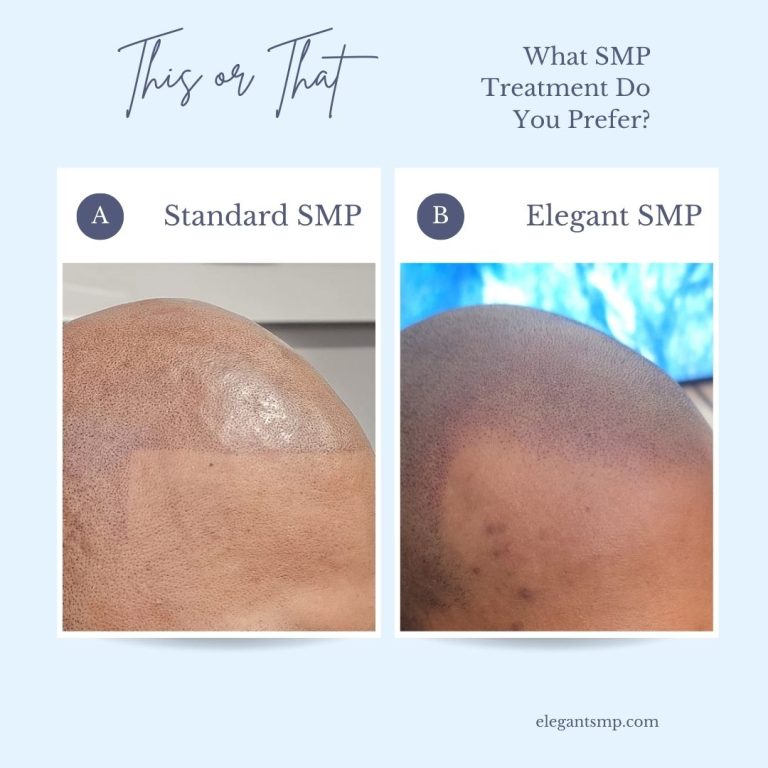
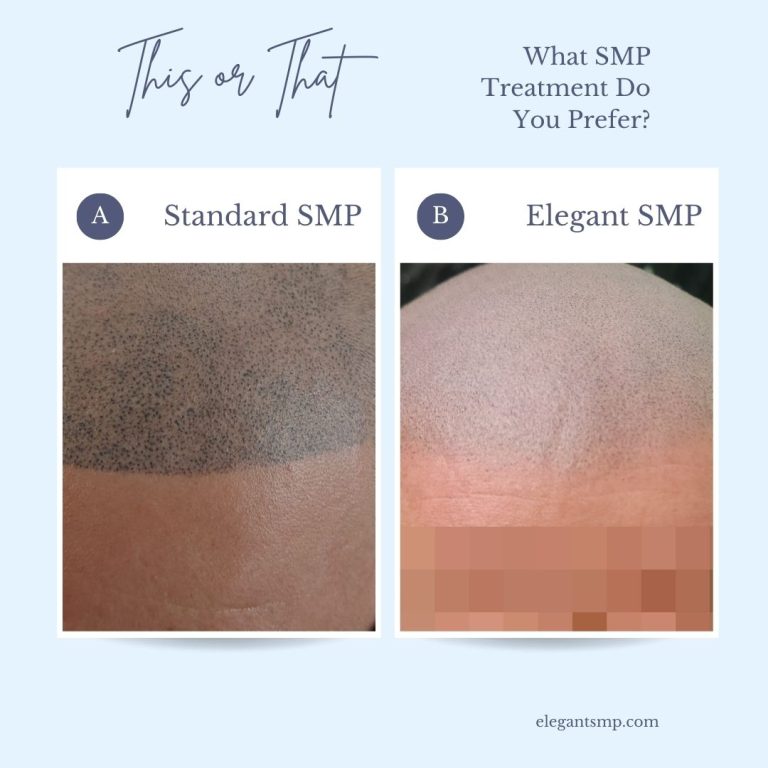

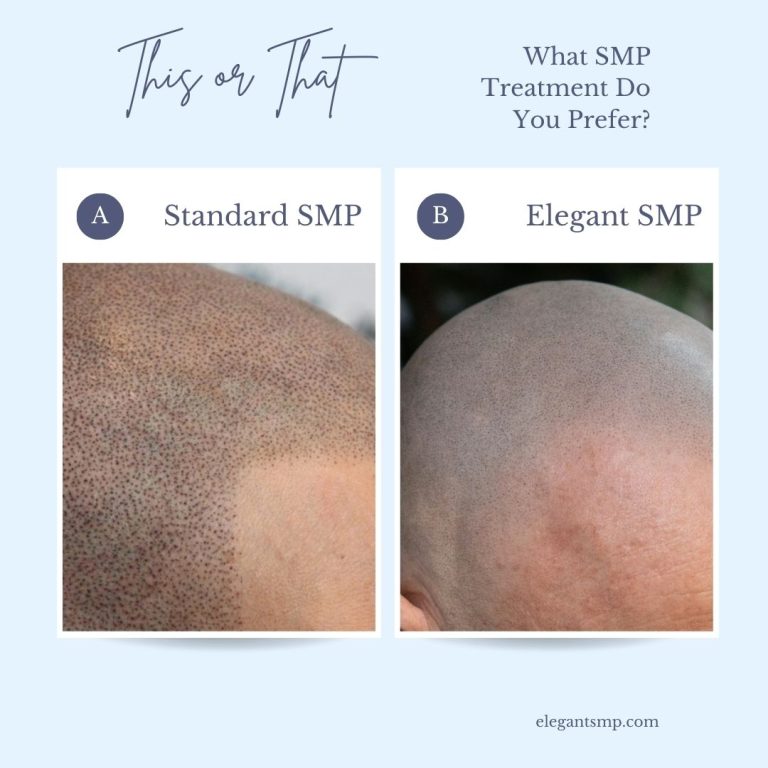
Conclusion
Getting an SMP treatment can be a game-changer for individuals facing hair loss, but only when done right. The key to a natural, undetectable result lies in selecting the right practitioner—one who is experienced, up-to-date with the latest techniques, and committed to ongoing practice.
List: Tips for Selecting the Right SMP Artist
- Research thoroughly before choosing an artist or clinic.
- Look for experience and comprehensive training.
- Ensure the artist uses modern equipment and techniques.
- Check for consistency in the practitioner’s recent work.
Informed decisions can help you avoid potential pitfalls and ensure your SMP treatment looks natural and flawless. If you’re considering SMP, it’s crucial to trust only the skilled hands of a qualified professional. Make sure you reach out to us for a non-committal consultation to discuss your needs and expectations. You can also download our brochure for pricing if you are interested in the cost.
By adhering to these guidelines, you can significantly lower the risk of ending up with a fake or botched SMP treatment and enjoy a revitalized, natural-looking hairline.



